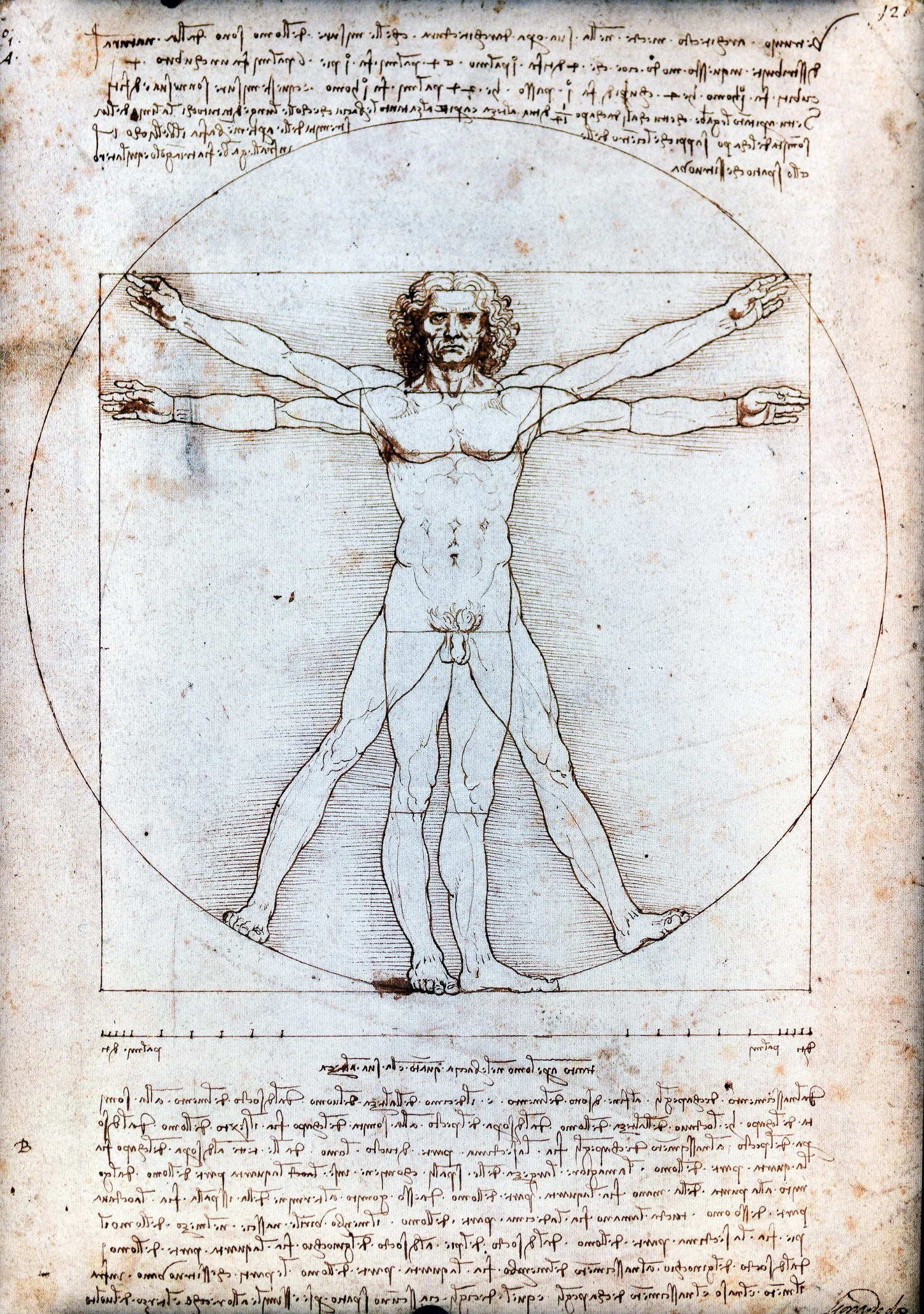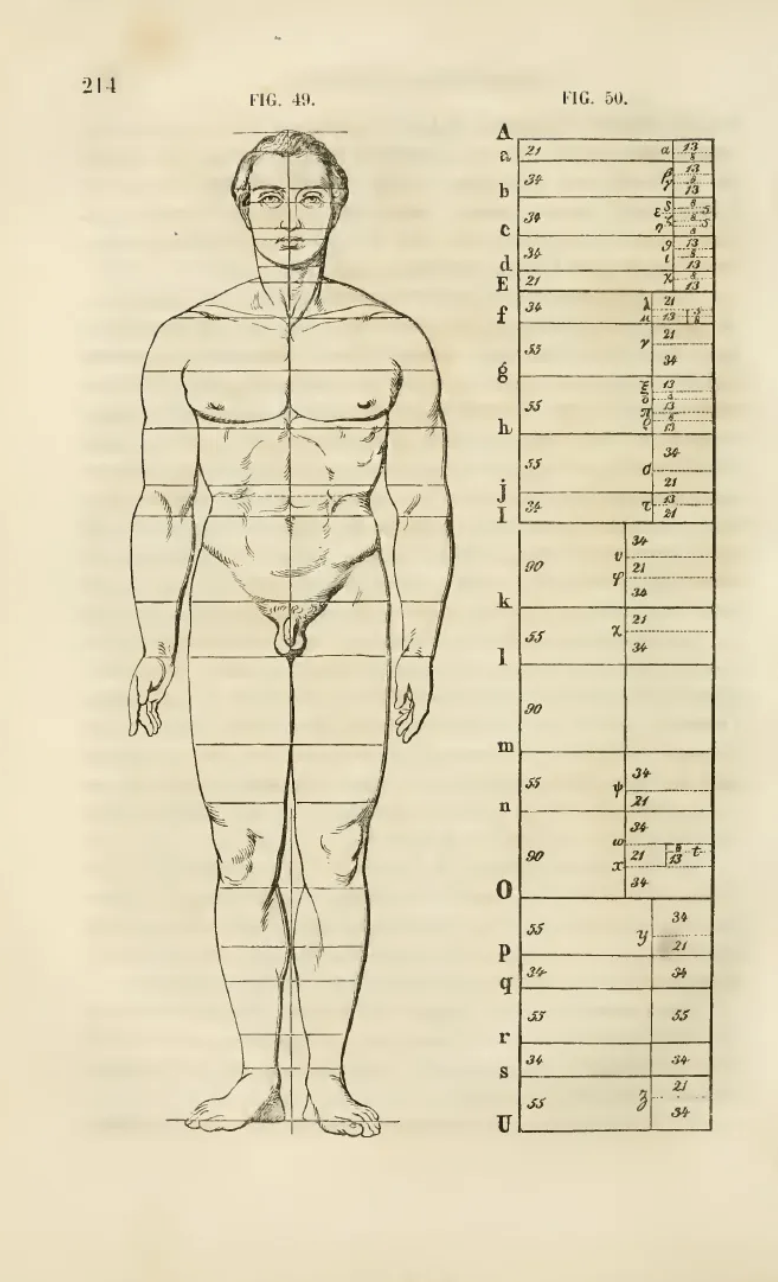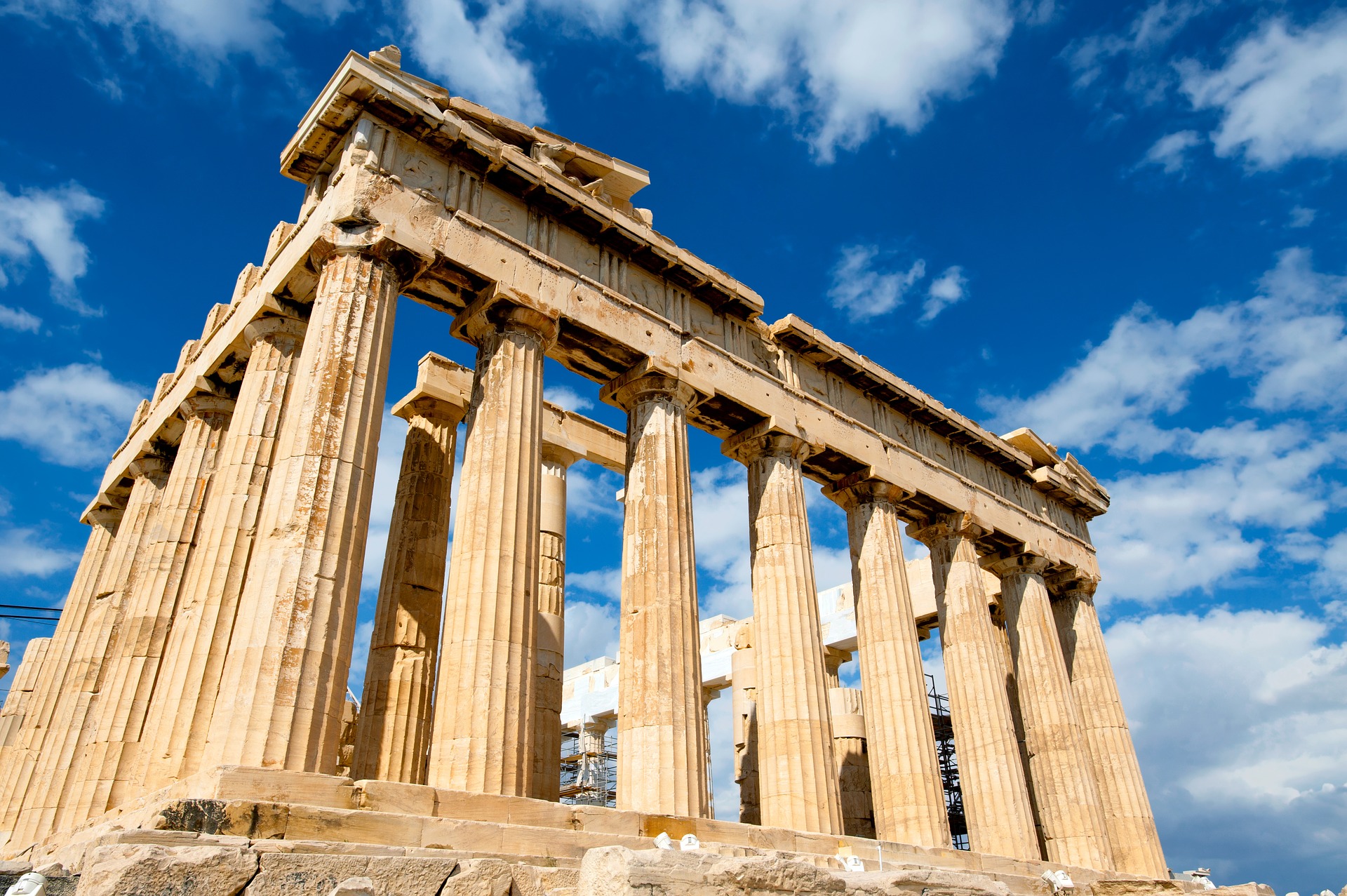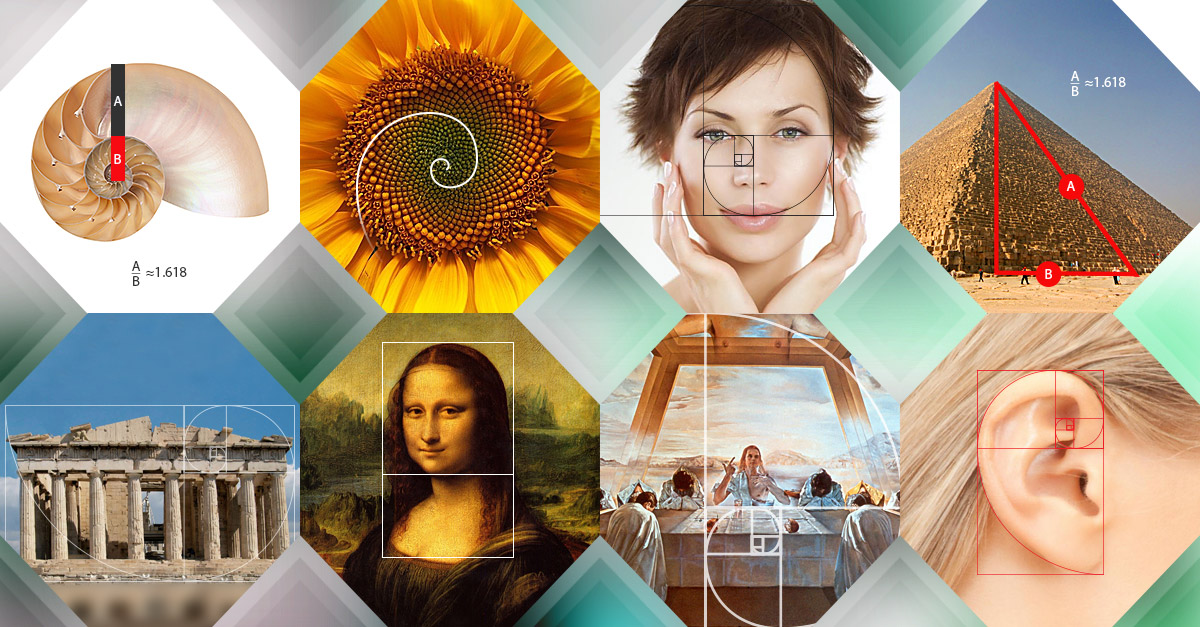The golden ratio has fascinated mathematicians, painters, and sculptors for hundreds of years. We find it present in mathematics, nature, architecture, painting and photography; and its name implies beauty, balance and harmony.
Through a series of mathematical calculations based on a numerical series, the parameters of these proportions that are pleasing to the eye and applied since ancient times in all kinds of elements that aspired to formal perfection are established.
From the Parthenon to a photograph that follows the famous rule of thirds, a conch or the petals of a sunflower, the golden ratio is present in many things that surround us.

WHAT IS THE GOLDEN RATIO?
The golden ratio is the link between a series of numbers based on the golden ratio that is given an aesthetic condition. That whose shape respects the golden ratio is considered beautiful. The golden ratio has been successfully applied in multiple projects, designs, buildings, photography, with mathematics playing an important role.
The golden ratio is also known as the golden ratio, golden number, or divine proportion.

The golden ratio is generated through a numerical series known as the Fibonacci Sequence (or series).
Fibonacci, also known as Leonardo of Pisa, was the famous mathematician who introduced Arabic numerals to the West (so far Roman numbers were used) and who unveiled the infinite numerical sequence whose proportions are close to the golden number.
WHAT IS THE FIBONACCI SERIES?
The Fibonacci series is based on an infinite sequence of numbers. Starting with 1,1, the rest of the numbers are the sum of the previous two: 1+1=2, 2+1=3, 3+2=5, 5+3=8, 8+5=13, 13+ 8=21 and so on to infinity.

If we divide each number of the Fibonacci series with the previous one, this value is close to the golden number or Phi number, whose value is 1.68033988749894...
If we divide the numbers of the Fibonacci series, we obtain results such as: 89/55= 1.61818182 or 144/89= 1.61797753, which, as you can see, correspond to the golden number or Phi.
WHAT IS THE GOLDEN RATIO?
The golden ratio is an irrational algebraic number (its decimal representation is infinite and has no period) and is obtained from the relationship or proportion between two segments of a line, that is, from a geometric construction.
This value is 1.618033988749894... and is obtained from the formula:

The golden number (or Phi number) was discovered in antiquity and has many interesting properties, since this ratio is found both in arithmetic figures and in nature. It has also often been associated with the divine.
In the following video you have it perfectly explained:
THE GOLDEN SPIRAL OR FIBONACCI SPIRAL
At a visual level, if we apply the Fibonacci series to a rectangle, we obtain a spiral with proportions like the following:

If you look closely, you will see that the golden spiral is a more complex version of the rule of thirds that is applied in painting and photography.
GOLDEN RATIO EXAMPLES
The golden ratio has fascinated all kinds of artistic or mathematical profiles for hundreds of years. Its proportions have been found in numerous natural elements, associated with perfection and the divine, it has been applied in architectural works, sculpture and painting.
Let's see some examples where we can find these proportions linked to the golden ratio or gold number.
THE GOLDEN RATIO IN NATURE
This golden ratio is very present in nature. It is especially curious, for example, to analyze the petals of a sunflower, where the Fibonacci series repeats itself perfectly.
In sunflowers, the first row of petals can contain 21, 34, 55 or 89 petals, corresponding in the second row with another 34, 55, 89 or 144. All are numbers and proportions that agree with the Fibonacci series or golden ratio.
And not only in sunflowers we find this pattern, but also in the petals of different flowers (there are flowers with 3, 5 and 8 petals and also with 13, 21, 34, 55, 89 and 144), in the distribution of the leaves in a stem, in the relationship between the veins of the leaves of the trees, in the number of spirals in a pineapple, in the structure of hurricanes, in the relationship between the distance between the spirals inside a snail, in the arrangement of galaxies etc

THE GOLDEN RATIO IN THE HUMAN BODY
The search for the perfect proportions in the human body is common in history. Perhaps one of the most iconic studies of proportions is the one Leonardo da Vinci made in his famous « Vitruvian Man».» .
Adolf ZeisingHe also carried out numerous investigations on the golden ratio in nature and later on the human body, which he collected in his work "New doctrine of the proportions of the human body", where he concluded that the golden ratio governs universally.
The golden ratio in the human body is found, for example, in the distance between the navel and the soles of a person's feet, with respect to their total height; in the relationship between the length of the head and its width; in the relationship between the phalanges of the fingers, etc.
If you look at an ear, for example, you will see that it perfectly complies with the spiral of the Fibonacci series.


THE GOLDEN RATIO IN ART
The properties of the golden number or the golden ratio have been exploited in all branches of art since Antiquity due to its aesthetic character and its relationship with the beautiful, the mystical or the divine.
Pictorial works such as the Gioconda or the last supper; of the great Leonardo da Vinci; or Las Meninas by Velázquez, fit perfectly in the golden ratio; also the sculptures of Fídias or compositions by musicians such as Debussy or Mozart.
Today you can find it applied in design, advertising posters or photography, always looking for the proportions of beauty and what is pleasing to the viewer.
THE GOLDEN RATIO IN PHOTOGRAPHY
In photography, the golden ratio is used to compose aesthetically pleasing and balanced images, and above all to place the protagonist at specific points in the image where he stands out naturally.

The famous rule of thirds , is a simplified version of this Fibonacci series or golden ratio, and indicates the strong points of the image, which are translated into the place where the subject is most easily highlighted.
By dividing the frame into two horizontal and two vertical lines, 4 intersections are created. These intersections are what we know as strong points.

THE GOLDEN RATIO IN ARCHITECTURE
Phidias, who is credited with the conception of the Parthenon temple, as well as some of the best sculptures of Antiquity, was a great fan of the golden number (in fact the name Phi is in his honour).
Works such as the Parthenon, which seeks to unite beauty with the mystical, and his sculptures (preserved or not) were based on the number of gold and the golden ratio.
We can also find the golden ratio in architectural works such as the Great Pyramid of Giza or in famous modern architects such as Mies Van der Rohe or Le Corbusier.

In short, the golden ratio is a way of approaching beauty in a universal way. What is mathematically closest to Phi, we will perceive as beautiful and perfect.
In photography, the golden spiral can help us to compose a photograph that is pleasing to the eye, as well as to establish the place in which to place our protagonist.
But this notion of beauty and perfection is applicable to architecture as well as to painting, to musical scores, to people or to natural elements.
Did the concept of the golden ratio or the magic number sound familiar to you? Interesting, right? Ah, that you see Fibonacci spirals everywhere? It is normal, it is that they are everywhere! Take the opportunity to improve your photographic compositions and experiment with new things.


